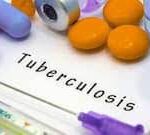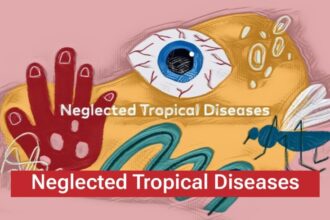The fight against Neglected Tropical Diseases (NTDs) is a dynamic and evolving field, constantly adapting to new challenges and leveraging innovative strategies to reach the ambitious goals of control and elimination. While mass drug administration (MDA) has been a cornerstone of NTD programs, a growing emphasis on integrated approaches, vector control innovations, improved diagnostics, and community engagement is shaping the future of NTD control and elimination efforts.
Integrated approaches recognize the interconnectedness of various health issues and aim to deliver multiple interventions through a single platform. For example, deworming programs for soil-transmitted helminths can be integrated with malaria control initiatives or vitamin A supplementation campaigns, maximizing efficiency and reach. This approach not only reduces costs and logistical complexities but also addresses the multiple health needs of affected communities in a holistic manner.
Vector control remains a critical component of NTD prevention and control for diseases transmitted by insects, such as dengue, chikungunya, leishmaniasis, and lymphatic filariasis. Innovations in this area include the development of new insecticides, insecticide-treated bed nets with longer-lasting efficacy, and spatial repellents. Furthermore, environmental management strategies, such as eliminating breeding sites for mosquitoes and other vectors, are increasingly being implemented. Novel approaches like Wolbachia-based interventions, which involve introducing bacteria into mosquito populations to block the transmission of viruses, hold significant promise for controlling diseases like dengue and chikungunya.
Improved diagnostics are essential for accurate mapping of NTD prevalence, monitoring the impact of interventions, and detecting drug resistance. The development of rapid, point-of-care diagnostic tests allows for easier and more accessible testing in endemic communities, facilitating timely treatment and preventing further transmission. Advances in molecular diagnostics are also enhancing our understanding of NTD epidemiology and drug resistance patterns.
Community engagement is increasingly recognized as a crucial factor for the success and sustainability of NTD programs. Empowering communities to take ownership of NTD control efforts through education, mobilization, and participation in decision-making processes leads to greater acceptance of interventions and improved long-term outcomes. Community health workers play a vital role in delivering NTD interventions, raising awareness, and linking communities to health services.
Research and development continue to be essential for developing new drugs, diagnostics, and vector control tools for NTDs. While significant progress has been made, there is still a need for more effective and affordable treatments for several NTDs, as well as tools to address emerging challenges such as drug resistance. Innovative funding mechanisms and partnerships between academia, industry, and philanthropic organizations are crucial for driving NTD research and development.
The evolving strategies in the fight against NTDs reflect a growing understanding of the complexities of these diseases and the need for tailored and integrated approaches. By embracing innovation, strengthening partnerships, and empowering communities, the global health community can accelerate progress towards the control and elimination of these debilitating diseases and improve the lives of millions of the world’s most vulnerable people.













